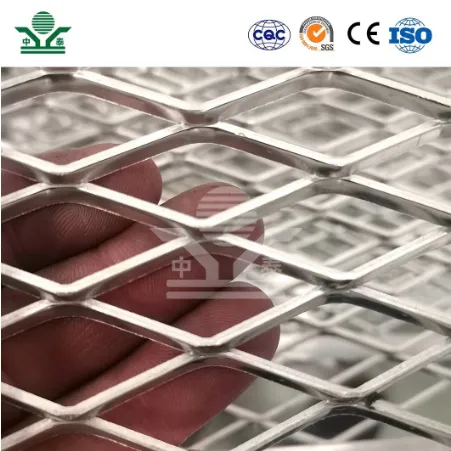Aluminium Perforated Panels A Versatile Solution for Modern Design
In the realm of architectural design and construction, aluminium perforated panels have emerged as a practical and aesthetically pleasing solution for various applications. These panels, characterized by their unique perforations, offer both functionality and beauty, making them a popular choice for architects, builders, and designers alike. In this article, we will explore the benefits, applications, and design possibilities of aluminium perforated panels, highlighting their significance in modern architecture.
Understanding Aluminium Perforated Panels
Aluminium perforated panels are sheets of aluminium that have been mechanically or chemically perforated with a series of holes or patterns. The size, shape, and arrangement of these perforations can be customized based on design requirements. This flexibility allows for a wide range of patterns, from simple dots to intricate geometric designs. The lightweight nature of aluminium makes these panels easy to handle and install, while their durability ensures longevity in various environmental conditions.
Benefits of Aluminium Perforated Panels
1. Aesthetic Appeal One of the standout features of aluminium perforated panels is their visual appeal. The ability to create unique patterns allows architects to enhance the aesthetic value of buildings while adding a modern touch. The panels can be painted or anodized in different colors, further increasing their design versatility.
2. Ventilation and Light Control The perforated design enables excellent airflow and light diffusion, making these panels ideal for applications where ventilation is essential. By controlling the amount of light that enters a space, perforated panels can help regulate temperature and maintain comfortable indoor environments.
3. Sound Absorption In urban settings, noise pollution can be a significant concern. Aluminium perforated panels can be engineered to absorb sound, making them beneficial for buildings located in noisy areas. Their acoustic properties enhance comfort within spaces such as offices, theaters, and recreational centers.
4. Sustainability As sustainability becomes a crucial consideration in construction, aluminium perforated panels offer an environmentally friendly option. Aluminium is recyclable, and its use can contribute to reducing the carbon footprint of building projects. Moreover, the panels can be designed to optimize natural light usage, reducing the need for artificial lighting.
aluminium perforated panel

5. Durability and Maintenance Aluminium is known for its resistance to corrosion, rust, and fading, making perforated panels a durable choice for both interior and exterior applications. Their low-maintenance nature means they require minimal upkeep, translating to cost savings over time.
Applications of Aluminium Perforated Panels
Aluminium perforated panels find utility in a diverse range of applications, including
- Building Facades They are commonly used in facade design, providing an eye-catching exterior while allowing for ventilation and light control. - Ceiling Systems In interiors, perforated panels can enhance aesthetic appeal and acoustic comfort, making them suitable for commercial spaces like shopping malls, airports, and offices. - Partitions The panels can serve as decorative room dividers or partitions, adding visual interest while allowing for privacy without completely obstructing light and air. - Screens and Shading Devices They can be employed as privacy screens or shading devices in outdoor spaces, balancing protection from the elements while maintaining an open feel.
Design Possibilities
The potential for creativity with aluminium perforated panels is vast. Designers can experiment with various perforation patterns, shapes, and finishes to achieve different effects. The use of digital technology allows for precise customization, enabling the integration of brand logos or artwork into the panel design. Furthermore, advanced fabrication techniques, such as CNC machining, give architects the freedom to push the boundaries of traditional design.
Conclusion
Aluminium perforated panels stand out as a versatile solution in the contemporary architectural landscape. With their unique combination of aesthetic appeal, functionality, and sustainability, they are well-suited for a wide range of applications. As architects and designers continue to explore innovative ways to create engaging environments, aluminium perforated panels will undoubtedly play a significant role in shaping the future of modern design.
-
The Best Metal Mesh Solutions: Expanded Aluminum Metal vs. Expanded Stainless Steel Metal
NewsSep.10,2024
-
Round Perforated Sheets vs. Hexagonal Perforated Sheets vs. Embossed Perforated Sheet Metal
NewsSep.10,2024
-
Perforated Metal Sheets
NewsSep.10,2024
-
Experience The Excellence Of Stainless Steel Grating
NewsSep.10,2024
-
Discover the Versatility Of Metal Mesh Expanded Forming Machines
NewsSep.10,2024
-
Discover The Advantages Of Steel Grating For Sale
NewsSep.10,2024
Subscribe now!
Stay up to date with the latest on Fry Steeland industry news.

